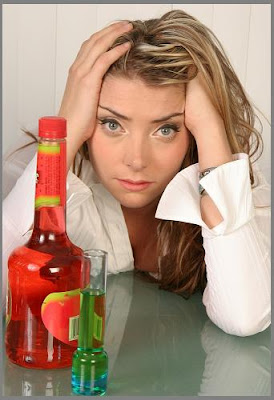David A Leon, Lyudmila Saburova, Susannah Tomkins, Evgueny Andreev, Nikolay Kiryanov, Martin McKee, Vladimir M Shkolnikov.
 Summary
Summary
Background The reason for the low life expectancy in Russian men and large fl uctuations in mortality are unknown. We investigated the contribution of alcohol, and hazardous drinking in particular, to male mortality in a typical Russian city.
Methods Cases were all deaths in men aged 25–54 years living in Izhevsk occurring between Oct 20, 2003, to Oct 3, 2005. Controls were selected at random from the city population and were frequency matched to deaths by age. Interviews with proxy informants living in the same household as cases were done between Dec 11, 2003, and Nov, 16 2005, and were obtained for 62% (1750/2835) of cases and 57% (1750/3078) of controls. We ascertained frequency and usual amount of beer, wine, and spirits consumed and frequency of consumption of manufactured ethanol-based liquids not intended to be drunk (non-beverage alcohol), and markers of problem drinking. Complete information on markers of problem drinking, frequency of alcohol consumption, education, and smoking was available for 1468 cases and 1496 controls.
Findings 751 (51%) cases were classed as problem drinkers or drank non-beverage alcohol, compared with 192 (13%) controls. The mortality odds ratio (OR) for these men, compared with those who either abstained or were non-problematic beverage drinkers, was 6·0 (95% CI 5·0–7·3) after adjustment for smoking and education. The mortality ORs for drinking non-beverage alcohol in the past year (yes vs no) was 9·2 (7·2–11·7) after adjustment for age. Adjustment for volume of ethanol consumed from beverages lowered the OR to 8·3 (6·5–10·7), and further adjustment for education and smoking reduced it to 7·0 (5·5–9·0). A strong direct gradient with mortality was seen for frequency of non-beverage alcohol drinking independent of volume of beverage ethanol consumed. 43% of mortality was attributable to hazardous drinking (problem drinking or non-beverage alcohol consumption, or both) adjusted for smoking and education.
Interpretation Almost half of all deaths in working age men in a typical Russian city may be accounted for by hazardous drinking. Our analyses provide indirect support for the contention that the sharp fl uctuations seen in Russian mortality in the early 1990s could be related to hazardous drinking as indicated by consumption of non-beverage alcohol.
No comments:
Post a Comment